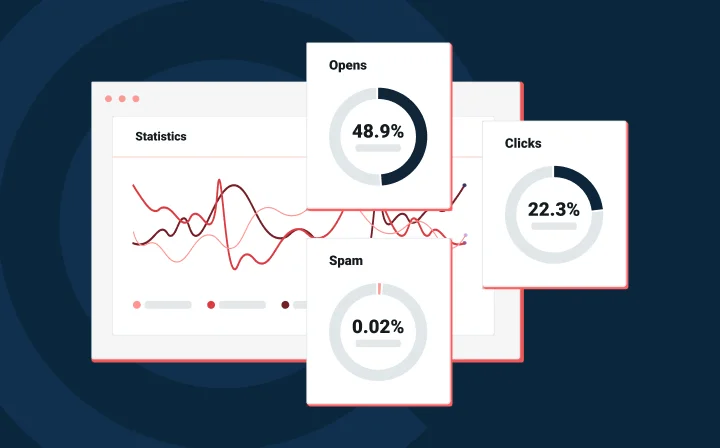Deliverability
No two migrations are the same: How Mailgun helps migrate clients the right way

Deliverability

As an onboarding specialist at Mailgun, I’ve seen every type of migration from the ultra-streamlined to the large and complex. Whether you’re migrating from a legacy provider, other platform, or an in-house tool, one thing’s always true: A great migration isn’t just technical. It’s strategic.
The good news? That’s exactly what we specialize in. Here’s what to expect when making the switch to Mailgun and how we help you get it right from day one.
If you’re thinking about moving your email sending to Mailgun, you’re probably wondering what the process really looks like. As someone who’s helped dozens of companies big and small through this process, I can tell you it’s never exactly the same twice.
But there are some consistent truths. The companies that migrate smoothly are the ones who start with a plan, ask the right questions, and work closely with us to get it right. Here are my top five tips for migration prep:
Migration is always about management. Sometimes that’s management of expectations, sometimes management of users, but mostly it’s a combination of many factors.
For example, martechs are responsible for their behavior on the platform, and that includes the sending reputations of the customers under their umbrella; their sending practices, their list quality, and whether or not they follow basic email standards.
Too often I’ve seen martech clients open up their email platform with little oversight. They don’t vet their users or communicate the rules. That creates major problems for their sender reputation.
One of the first things we’ll do is help you build a clear framework for your users, including usage limits, sending policies, and guidance you can pass along.
One client, for example, needed a way to safely onboard their own customers to Mailgun. We worked with their team to build a customized onboarding flow, internal training, and a strategy focused on long-term reputation health.
“Every client is different. Some siphon traffic in gradually. Others flip everything at once. We’ll help you choose the right method based on your platform, your users, and your risk tolerance.”
These are the types of things we’ll ask you to be ready to talk about:
These basics help us avoid surprises later. If someone tells us during a compliance review that they’re purchasing lists, or that they don’t have any engagement data, we know there’s work to do.
Even experienced teams get caught off guard by these:
A couple of years ago we migrated a large client. They needed help creating onboarding processes for their own users. We partnered with them to build a system that mirrored our own onboarding framework complete with documentation, compliance guidance, and a customized reputation strategy.
That’s a level of strategic support you won’t find with other providers. Martech platforms often have a revolving door of support reps. With Mailgun, you get a dedicated onboarding specialist followed by your long-term Technical Account Manager (TAM). Enterprise plans also include a Technical Account Manager (TAM) and a dedicated backup.
We’ll help you determine a realistic migration timeline based on your resources and your warm-up needs.
Want to warm up IPs gradually while siphoning traffic? (The answer is yes, you do want to warm up your IPs.) We’ll create a phased approach. Need to switch everything over at once? We’ll still help you safeguard your deliverability.
Here’s a rough comparison to give you an idea (but it’s just a ballpark, every migration is different):
| Migration Type | Timeline Estimate |
|---|---|
| Simple | 8–10 weeks |
| Enterprise with testing | 4–5 months |
It’s not about how fast you move, it’s about whether you’re hitting the right steps.
It’s a message we emphasize often because it’s easy to overlook. Sending email isn’t the same as delivering email and the difference shows up in your results. Mailgun gives you the tools to manage that difference. And our onboarding process ensures you know how to use them from the start.
Once you’re live, support doesn’t stop.
Your onboarding specialist and TAM continue to monitor your account and guide your progress while you settle in.
Thinking about migrating? Let’s talk. We’re here to ask the tough questions, flag the red flags, and help you build a plan that actually works.